Leather Work Bags: What Separates Refined Pieces From Expensive Wannabes
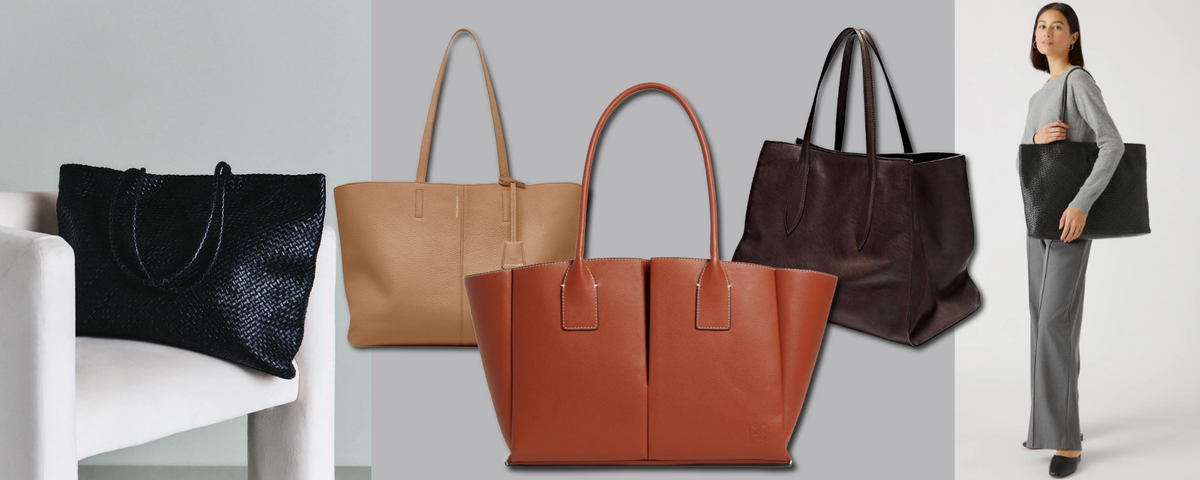
Watch the Video | Shop My Picks
At first glance, Everlane's $298 Luxe Italian Leather Tote looks almost identical to the iconic $2,100 Celine Cabas Phantom from the Phoebe Philo era (that's about $2,900 in today's money). Understanding why Everlane succeeded where other brands fail at twice the price reveals a lot of the tradeoffs behind bag designs – and prices.
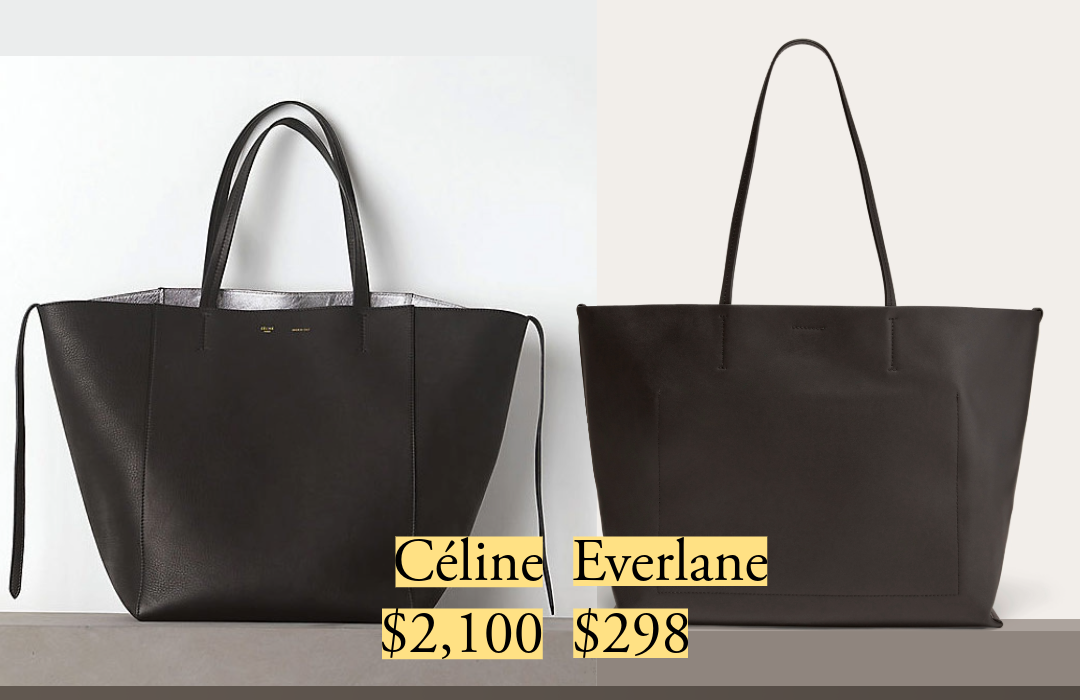
The Secret is in the Details Beyond the Headlines
Even luxury brands sometimes have poor engineering where the handles are attached. It's a top spot for a sanity check: how will the straps contend with gravity? Will they integrate with the bag or distort the shape? Do they interfere with the opening?
The H-shaped stitches where the Everlane tote's handles attach are a smart engineering solution that balances a minimalist look with the real engineering requirement of securing the straps to the bag. That 90-degree turned topstitch creates a stable attachment while keeping the exterior clean. The attachment is not only strong but also ensure the strap won't twist where it meets the bag.
The H pattern is a bonus; it's become a signal to luxury minimalism fans who miss Phoebe Philo's Celine. Everlane understood that this detail serves both function and cultural reference. It's a master stroke.
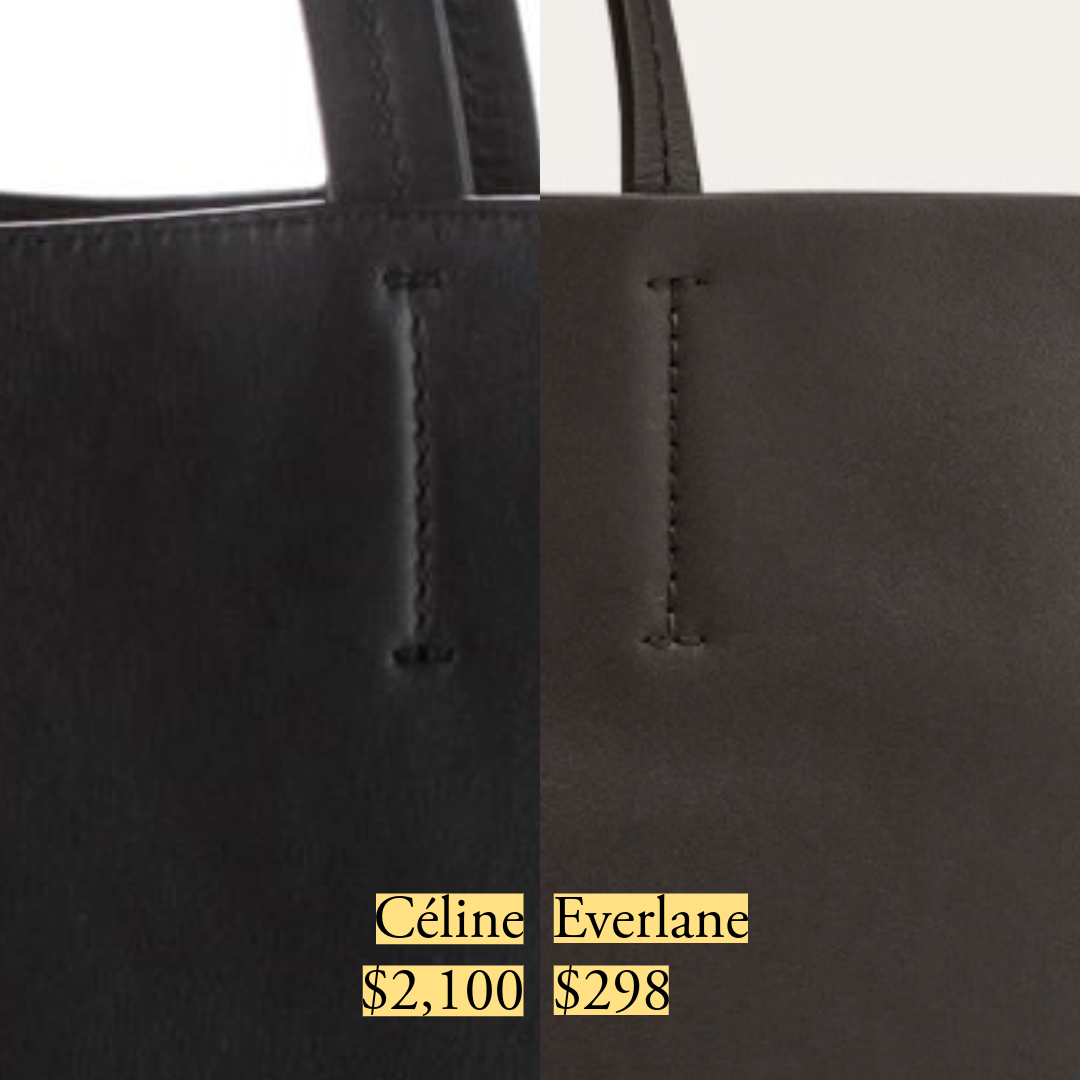
Even though Everlane's leather isn't as luxurious as Celine's (you can see the difference in the cognac color, which looks much more corrected), the thoughtful engineering makes the bag feel intentional and well-made. When you're shopping under $300, you have to be clever with the leather. Go for darker colors where aggressive leather corrections are less obvious.
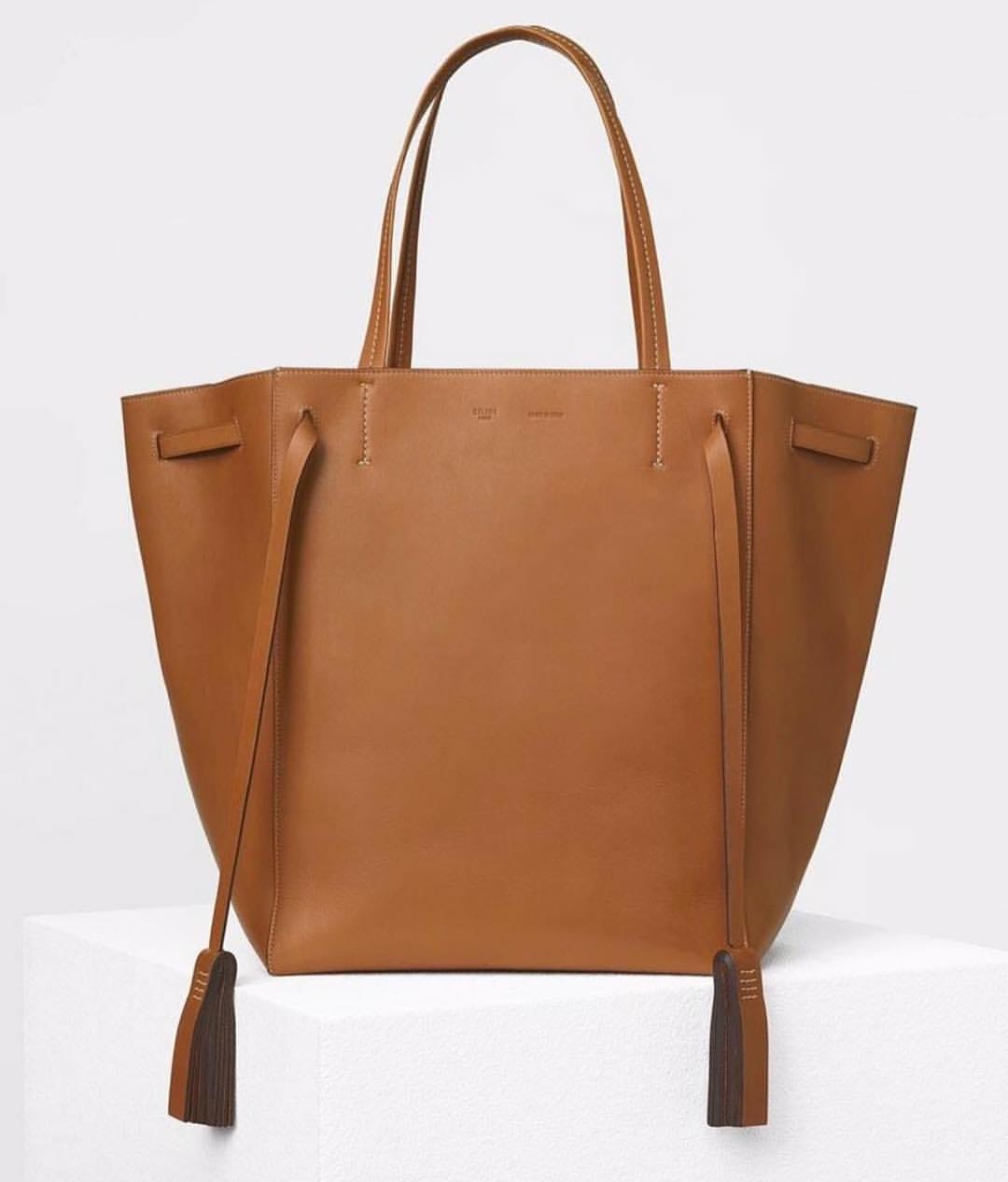
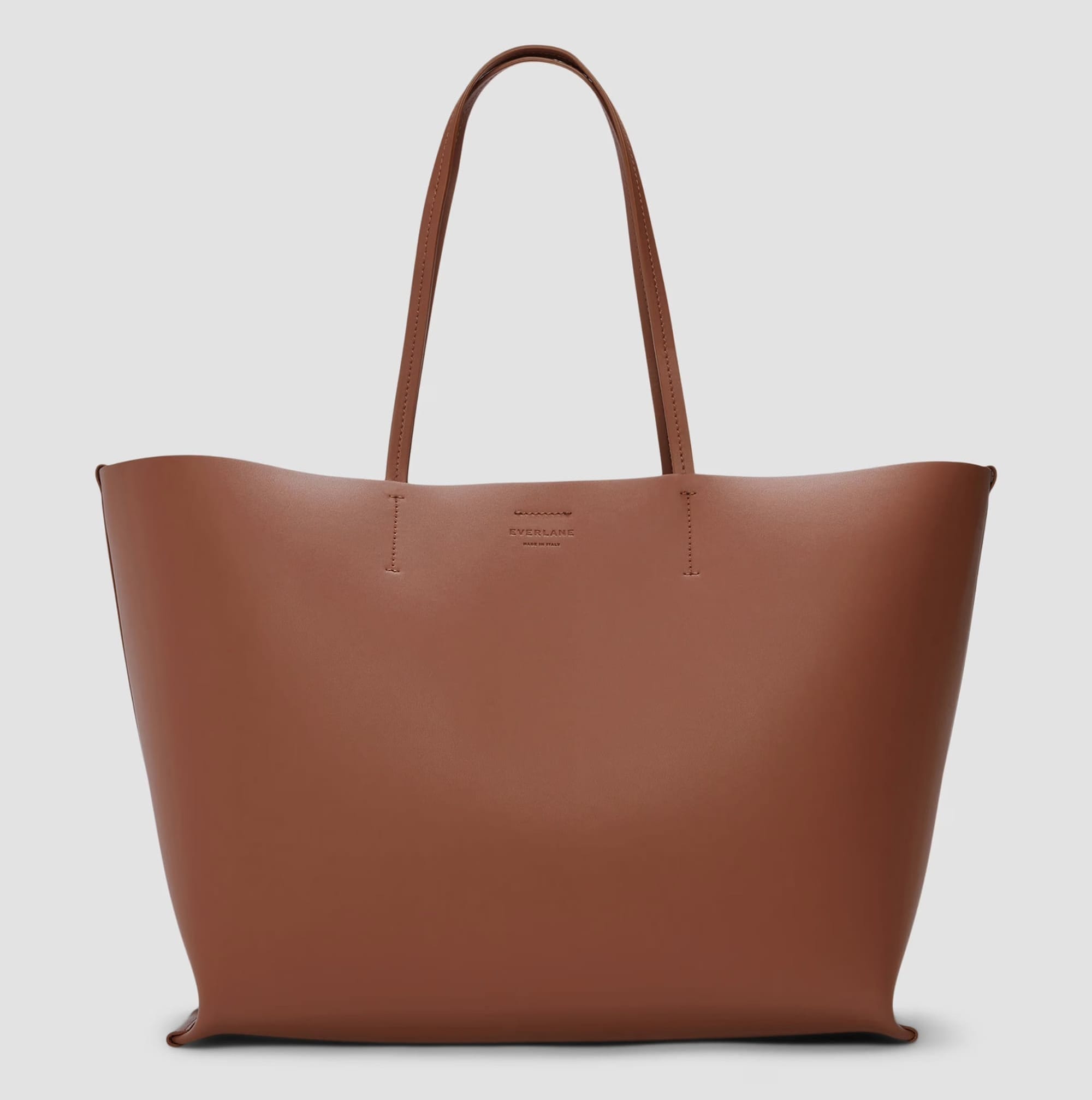
Another option: textured surfaces, like Quince's woven tote. Leather strips don't have to attain the same standards as big pieces of supple, high end leather. The weaving adds dimension to the surface, and that's precisely what's missing in Everlane's cognac colorway.
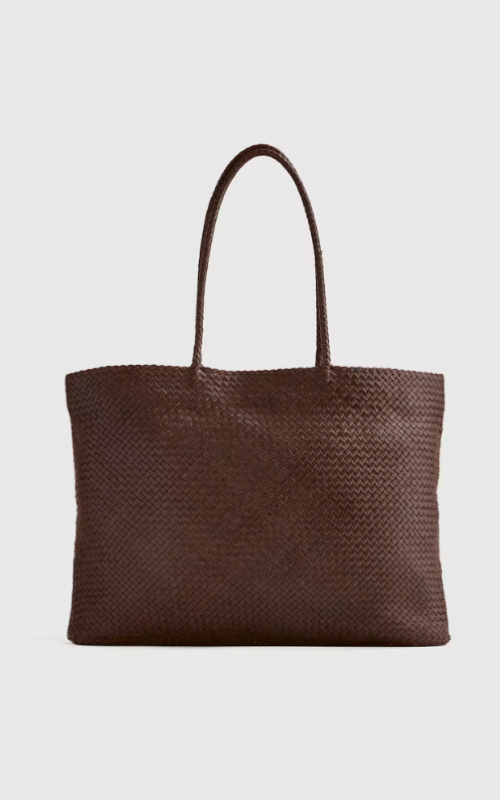
When Handle Attachment Goes Tragically Wrong
Now let's look at what happens when brands try to fake this sophistication. The $580 Hyer Goods Mercato Tote attempts the same inside handle attachment, but the rectangular topstitch is too far down, giving room for the the supple leather to scrunch down, and the slouch does not look intentional. It's an unforced error that should have been corrected during the bag's development process.
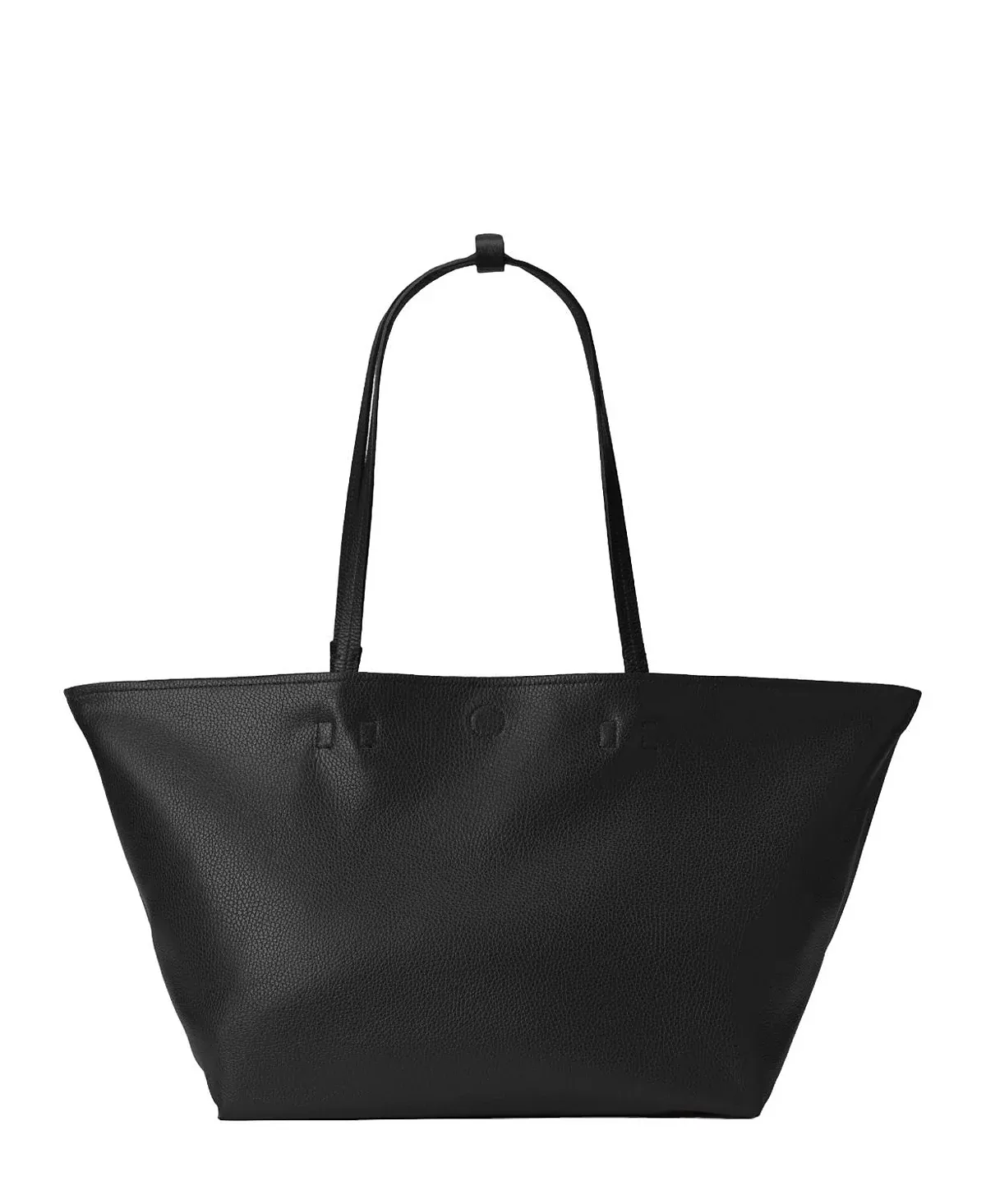
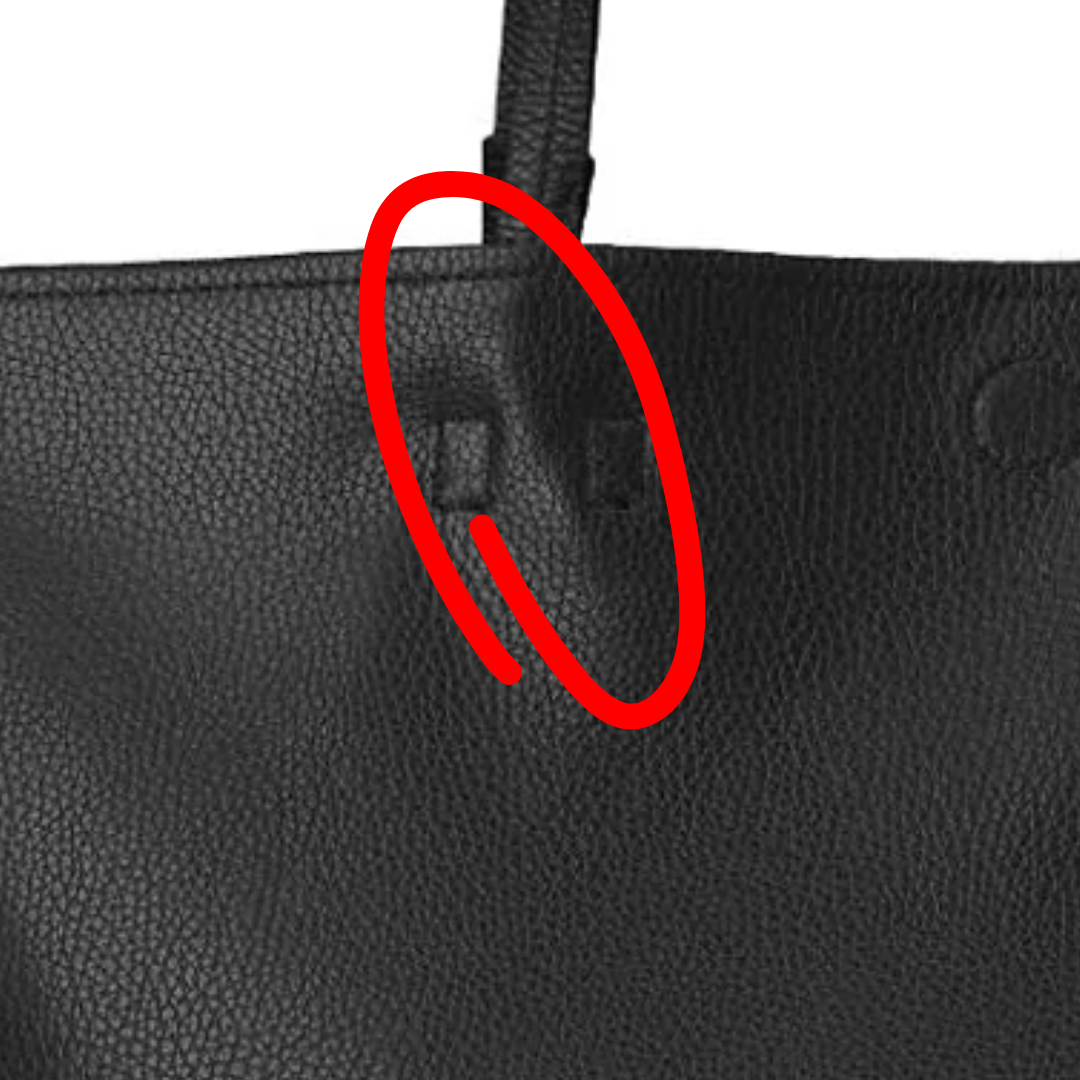
True minimalism requires more skill, not less. Anyone can reduce details; it takes expertise to understand what's essential.
The Thickness Test That Reveals Everything
This is where you can spot quality from across the room. Both Le Tanneur and Polène market themselves as luxury leather goods. Le Tanneur leans into its legacy and artisanal roots to articulate a quietly sophisticated, French luxury aesthetic. Polène taps into the quiet luxury zeitgeist with strong social media storytelling, influencer alignment, and a digital-first brand voice, not to mention flagship boutiques in Paris, New York, Seoul, and Tokyo. But look at how their leathers behave.
Le Tanneur Elena: Corrected surface with a random-enough pattern to reflect light like leather, appropriate thickness that suggests substance without looking clunky, properly finished edges with rounded glazing.
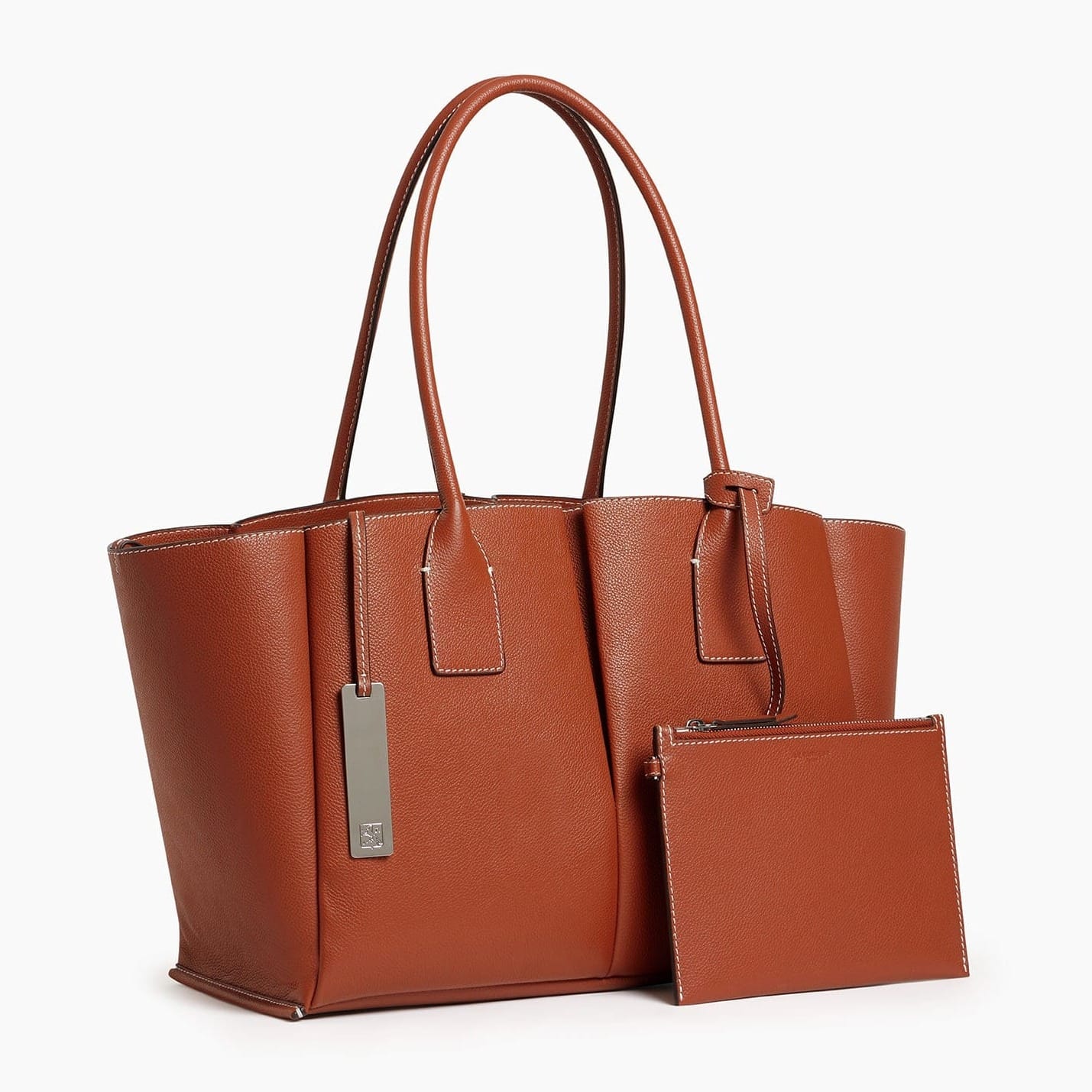
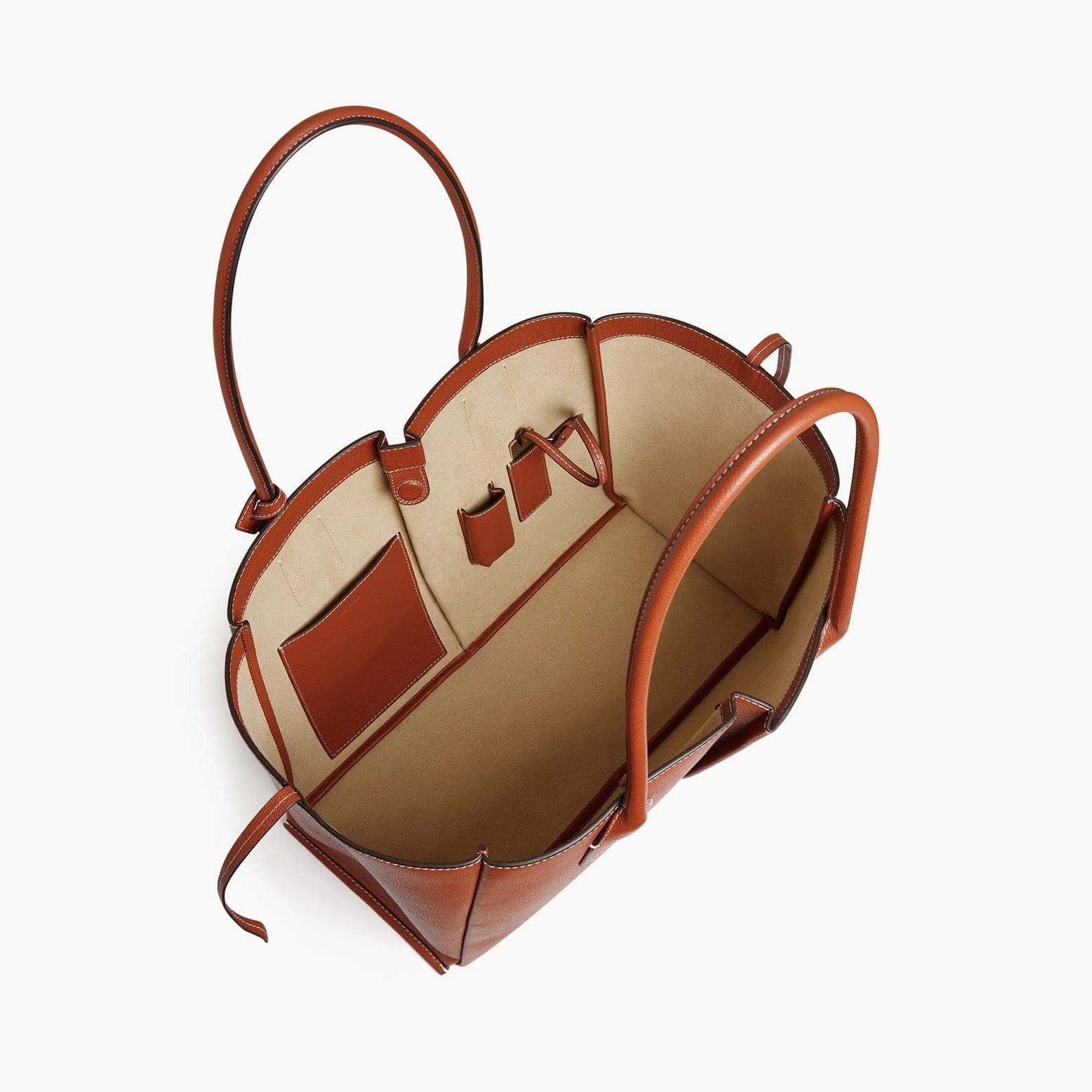
Polène Cyme: Overly thick, plasticky-looking leather that holds engineered shapes instead of draping naturally. When you see the pleated details, the rigidity screams fast fashion.
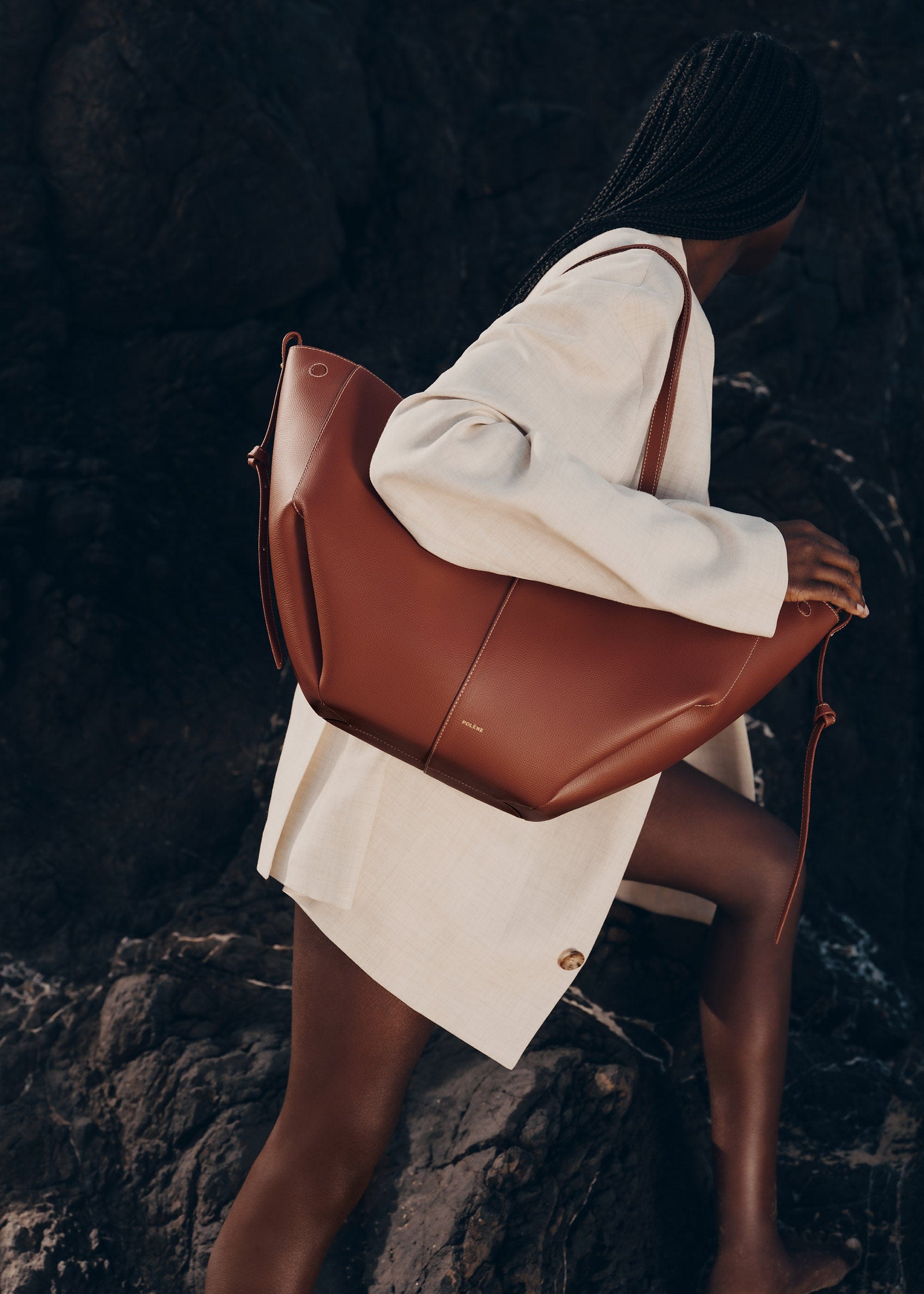
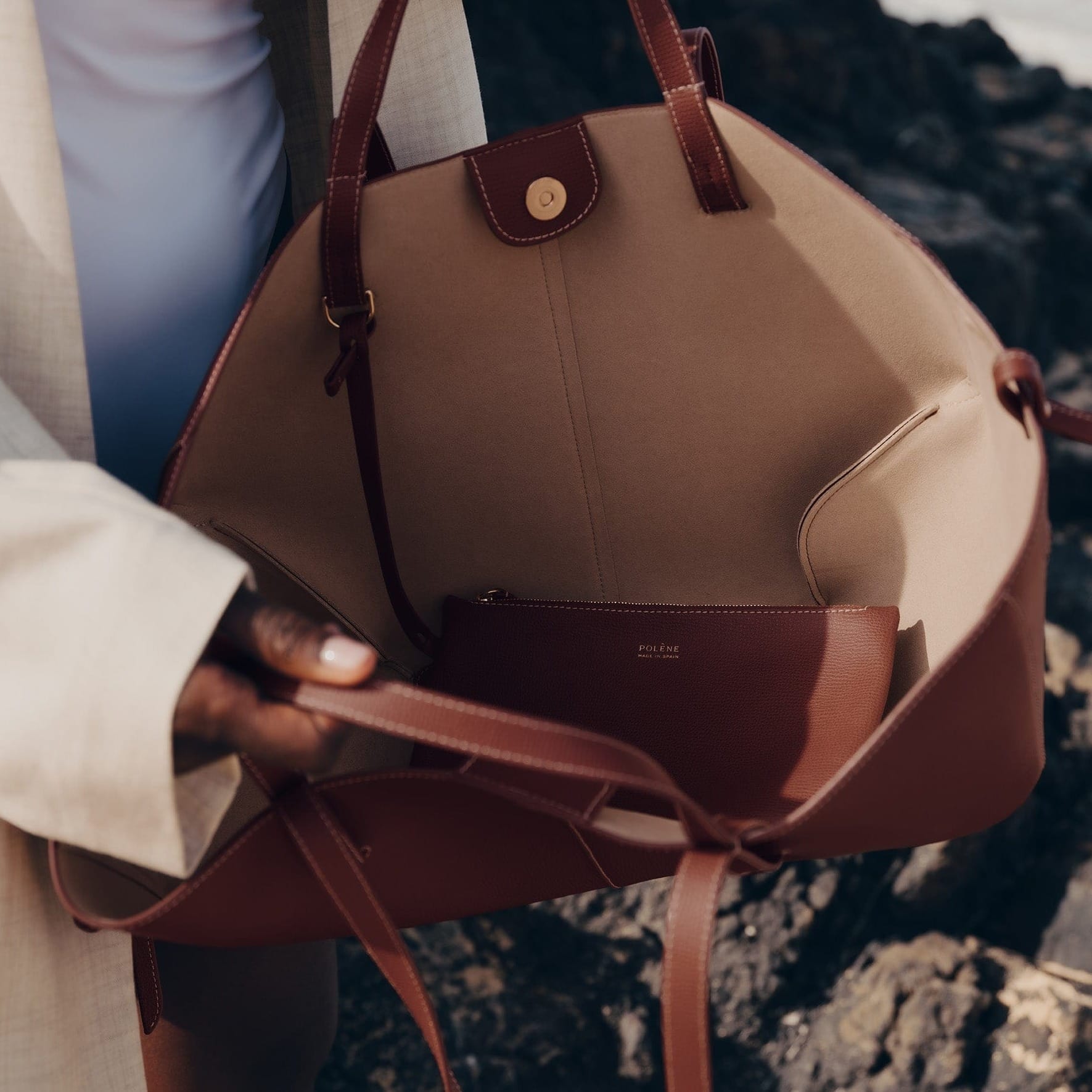
Spot this yourself: Look at pleats, folds, or curves in product photos. Natural leather drapes softly. It recovers from bends in random shapes, not perfect curves. Over-processed leather holds rigid shapes and looks fake.
